Blisters
Our Dermatology Associates & Surgery Center dermatologists approach blister treatment based on the underlying cause and severity of the blisters. Explore more details on blisters below. If you’re suffering from painful skin irritants, schedule a skin consultation. Our skin experts can advise on proper care and monitoring to ensure your blisters heal effectively without complications.
Examples of Blisters
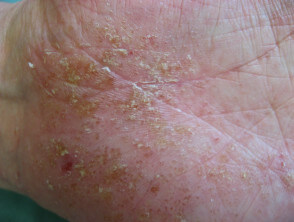
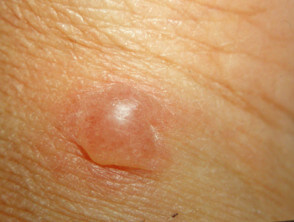
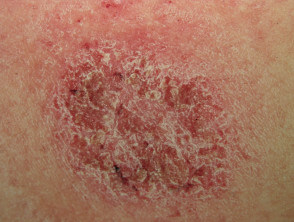
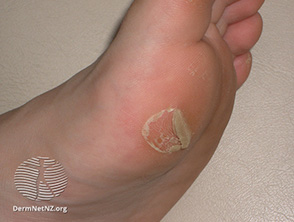
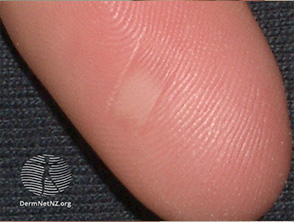
What are the Symptoms of Blisters?
- Blisters appear as a fluid-filled sac or bubble on the skin.
- Pain or tenderness at the blister site.
- Redness or inflammation around the blister
- Possible swelling or warmth around the blister.
- Sensitive or tingling sensation before the blister appears.
Causes of Blisters
- Blisters often result from friction, especially when fabric repeatedly rubs against the skin.
- They can form in response to a chemical or allergic irritant, a condition known as contact dermatitis.
How to Prevent Blisters
Preventing blisters is achievable by eliminating the irritant and adopting simple preventive measures. Ensure comfort and minimize the risk of blisters by following these practical tips:
- Avoid Tight Clothing: Opt for well-fitting clothing to prevent unnecessary friction. Choose breathable fabrics that reduce moisture and heat, decreasing the likelihood of blister formation.
- Properly Fitting Footwear: Wear shoes that fit correctly, providing ample space for your toes. Opt for moisture-wicking socks to keep your feet dry during physical activities.
- Use Work Gloves: When engaging in heavy manual work, wear appropriate work gloves. Gloves protect your hands from friction, pressure, and irritants, reducing the risk of blisters
- Identifying & Avoiding Irritants: This is crucial in preventing the occurrence of contact dermatitis-induced blisters.
By incorporating these practices into your daily routine, you can minimize the potential for blisters and enhance overall comfort.
FAQs for Blisters
In general, it is not recommended to pop a blister, as the blister serves as a natural protective barrier that helps prevent infection. Popping a blister can expose the underlying skin to bacteria and increase the risk of infection. If a blister is causing significant pain or discomfort, or if there are signs of infection, it's best to consult with a dermatologist for proper evaluation and care.
Medical attention may be necessary in the following situations:
- If a blister is large, especially if it covers a significant area of the body.
- If the blister is filled with pus or shows signs of infection, such as redness, warmth, or increased pain.
- If blisters occur in association with a severe burn, allergic reaction, or underlying medical condition.
- If blisters are recurrent or persistent.
If there are concerns about the appearance, symptoms, or potential complications of blisters, it's advisable to consult with your dermatologist or healthcare professional for a thorough evaluation and appropriate management.
Proper care of a blister can promote healing and prevent infection. Some general tips include:
- Leave the blister intact to protect the underlying skin.
- Clean the blister gently with mild soap and water.
- Apply an antibiotic ointment and cover it with a sterile bandage or dressing.
- Avoid popping the blister, as this can increase the risk of infection.
If the blister is large, painful, or shows signs of infection, seek medical attention.
In most cases, common blisters caused by friction or burns can be managed at home by cleaning the area, protecting it with a sterile bandage, and avoiding popping the blister. However, if you frequently get blisters, have large, painful, or infected blisters, or if the blister appears without a known cause or in sensitive areas, seeking advice from a dermatologist might be necessary. They can assess the blister, offer specialized treatment, and address any underlying skin conditions that could be contributing to the issue.
Blister Treatments
Dermatologists employ effective treatments for blisters, addressing the cause and promoting rapid healing. From specialized topicals to expert drainage techniques, they ensure personalized care.
Although medical intervention is not always needed to treat blisters, we recommend you do not pop your blisters at home as that can cause infection. If a blister does open on its own, be sure to leave the covering in place to support further healing. Simply wash the area gently with mild soap and water, pat it dry and apply an antibacterial ointment. Cover the blister with bandage to keep it clean. Replace the dressing at least once a day.
If your blisters are recurring, don't endure discomfort—schedule a dermatology appointment promptly for relief and optimal recovery.
Featured Products
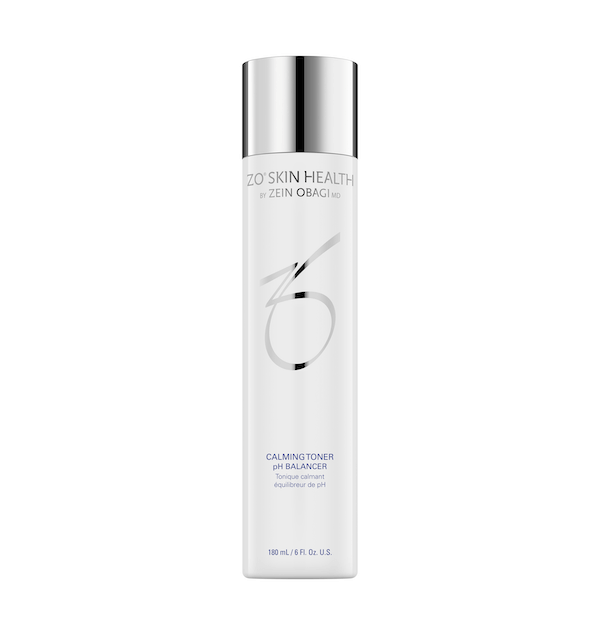
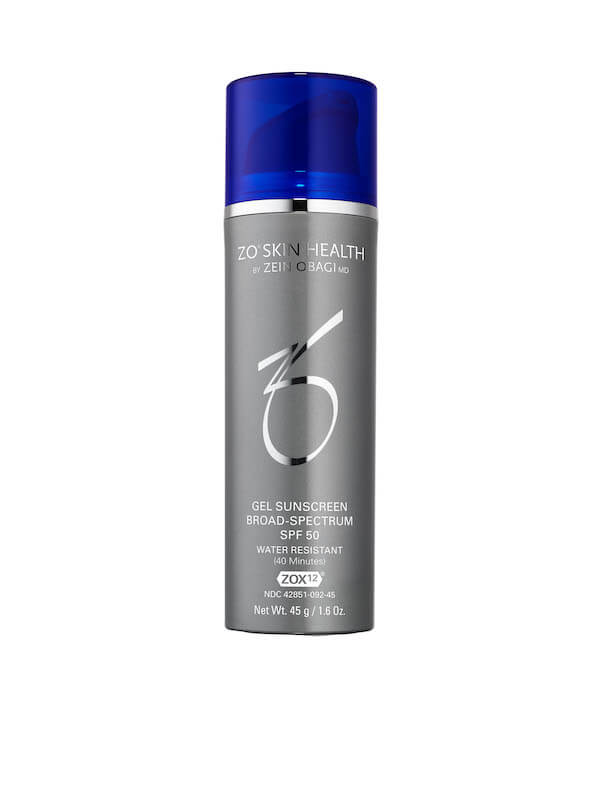
ZO® Gel Sunscreen Broad-Spectrum SPF 50
A clear and unscented gel sunscreen with a complexion-smoothing finish for all skin tones. Exclusive antioxidant + plant stem cell complexes minimize the aging effects of environmental aggressors. Water and sweat resistant up to 40 minutes. Fragrance-free. 45 g / 1.6 Oz.
